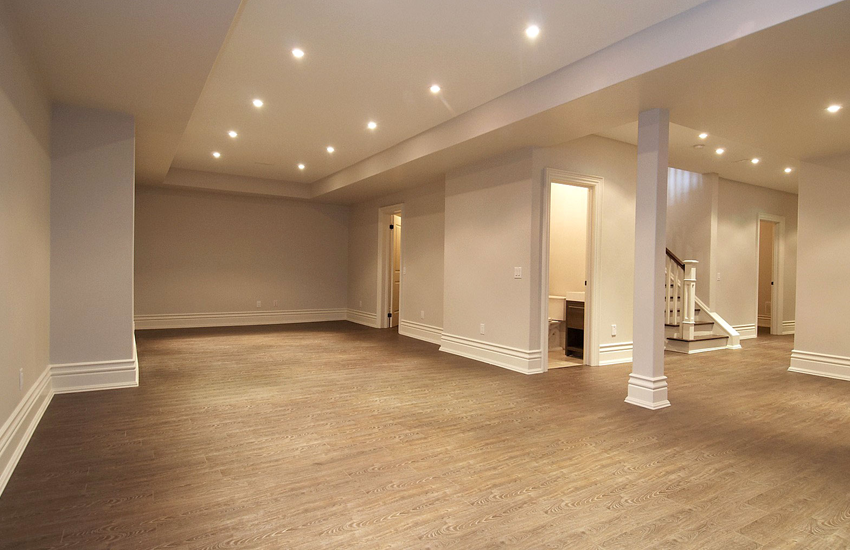What is an EMI? How is it calculated?
If you are planning to get a home loan, the EMI or the equated monthly installments will be your main consideration. EMI is the sum of money that you as a borrower will pay your lender to clear your outstanding loan. These payments are made every month on a date that is stipulated by your bank till such time that the loan has been completely repaid. The three things that go into the calculation of an EMI are:
- The amount of the loan
- The rate of interest
- The tenure of loan
The most popular method of computation is that of ‘monthly reducing loans’. In the monthly reducing cycle, the principal is reduced with every EMI and the interest is calculated on the balance outstanding. The majority of the retails such as Home loans, auto loans and personal loans are computed on a monthly reducing basis.
Effectively, therefore, in the initial years of the loan, a major component of the EMI is the interest that is payable by you. As the loan tenure reduces, the interest component reduces too, as the principal gets paid. Mathematically the following convention is applied for the calculation of an EMI:
Home loan EMI =
(Lxi) X (1+i) ^N / { (1+i) ^N}-1
L=Loan amount
i=Interest Rate (rate per annum divided by 12)
^= to the power of
N=loan period in months
(It is to be noted that an increase in the tenure of the loan will lead to an increase in interest rates and therefore, the interest component of your loan. As a borrower, you should try and pay as much of EMI as possible and shorten the tenure of the loan).
What is a Downpayment?
The down payment is the difference between the cost of the property and the loan amount approved by your lender. From a buyer’s perspective, it is a commitment you are making to enter into a home loan agreement with your lender.
Although there is no upper limit that has been set on how much you can put down as a down payment, such payments usually range between 15-20 % of the value of the property one intends to purchase.
The more money you can put aside for a down payment the better it is since it will result in a shorter tenure of a loan and easier EMIs. However, you need to bear in mind that the down payment does not include other costs such as stamp duty, registration, transfer charges and the likes.
While choosing a property, be mindful of the fact that banks are not very willing to finance properties that are considerably old and not in good condition.
What is a Floating Rate of Interest?
As the name implies a floating rate of interest is one that varies according to the prevailing conditions in the market. Home loans that are disbursed on the floating rate of interest, are done so in relation to the base rate of a lender. Therefore, if there is a change in the base rate, there will be an impact on your floating rate of interest as well.
The benefits of opting for a floating rate of interest :
The one clear benefit that a floating interest on a home loan has been that it is cheaper than a fixed rate by at least 2 to 2.5%. Even if there were to be a case where a floating rate exceeds a fixed rate of interest it will only be for some period of your entire loan tenure as interest rates a cyclical in nature. Needless to say, floating interest rates bring in a lot of savings for the borrower when the interest rates soften in the market.
The drawbacks of opting for a floating rate of interest :
The drawback of such rates is the impact they have on your monthly outgo as EMI. Given the uneven nature of floating rates, either your EMI may shoot up one fine month throwing your monthly budget out of gear or you may end up repaying substantially higher due to an increase in your loan tenure (EMI remains same). However, if you think that this aspect does not bother you, going in for a floating interest rate does indeed make sense.
